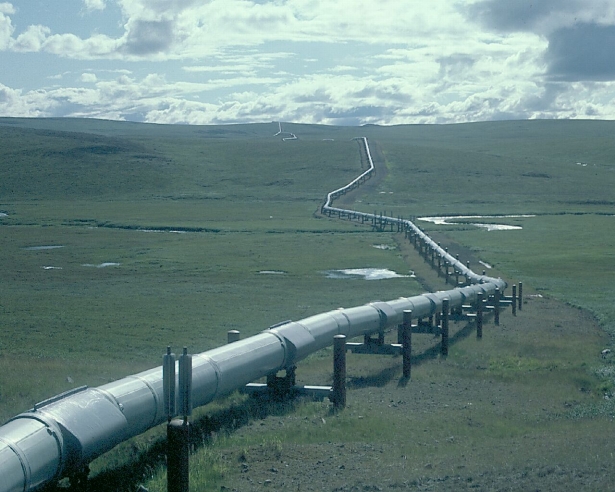Here in West Virginia and the greater Marcellus shale and Utica shale area we really need pipelines. The big issue that is keeping us from producing a lot more gas and from receiving a price closer to the Henry Hub price for that gas is that the existing pipeline infrastructure is full. Packed to the brim. Overflowing, if that were possible. We’re big fans of pipeline projects because we need them.
However, we also believe in going into a situation with our eyes wide open. For pipelines that means you have to be aware that sometimes they fail. We’ve documented a few explosions and leaks here in West Virginia in the past.
The big news about a pipeline failure comes to us today from South Dakota, where the Keystone pipeline is leaking. Apparently the company originally told regulators that the pipeline had spilled about 187 gallons of oil.
The leak was discovered last Saturday. Now, when we say the leak was discovered, we don’t mean that an actual hole was found spewing oil into the air or onto the ground or, heaven forbid, into a body of water. No, the company merely observed some numbers which indicated that there was a leak. They either detected a drop in pressure or calculated a lack of delivered product or something.
Six days later they still haven’t pinpointed the source of the leak. Consequently, the company thinks they have leaked about 16,800 gallons of oil. Somewhere.
To be fair, they’ve narrowed the location of the leak down and shut off that portion of the pipeline. They are even digging in the area to find the oil that was spilled and to find the leak and patch it. It won’t take long, but it’s already taken longer than it should.
This story points out the problem with having a pipeline close to your house. At some point a natural gas or oil pipeline is going to leak somewhere. You have to be aware of that eventuality so that you can plan and prepare for it. You probably can’t stop the pipeline from being located near you, but you can at least do things to mitigate the damage.
You can start off by getting more money from the company. Take some of that money and buy emergency supplies.
Prepare an emergency plan for what you are going to do in various pipeline-related emergencies. If the pipeline springs a leak what are you going to do and where are you going to go? What if the pipeline explodes? Will you need to do different things in the winter and summer? What about in the middle of the night or during school hours? Make sure to think this through thoroughly.
The 42-inch and 36-inch pipelines being built in West Virginia are good for the economy, but we have to be aware of the associated dangers, too. A 42-incher is going in a few hundred yards from my house, and we’ll be thinking this stuff through ourselves. Make sure you do, too.


What kind of supplies do you have in your “my gas line has sprung a leak” emergency kit?
I don’t yet, since the pipeline isn’t going to be in the ground for at least a year or two. When I do, it’s mostly going to be the kind of thing where we have some overnight stuff such as clothes, toiletries, and a stuffed animal or two for the kids. My inlaws would take us in, and they’re close enough to be very convenient, but far enough away to be safe. So for us it would be some clothes and we’d grab the hard drive with our family photos on the way out the door. For others, you may want to include some water and snacks, depending on your support network away from home.